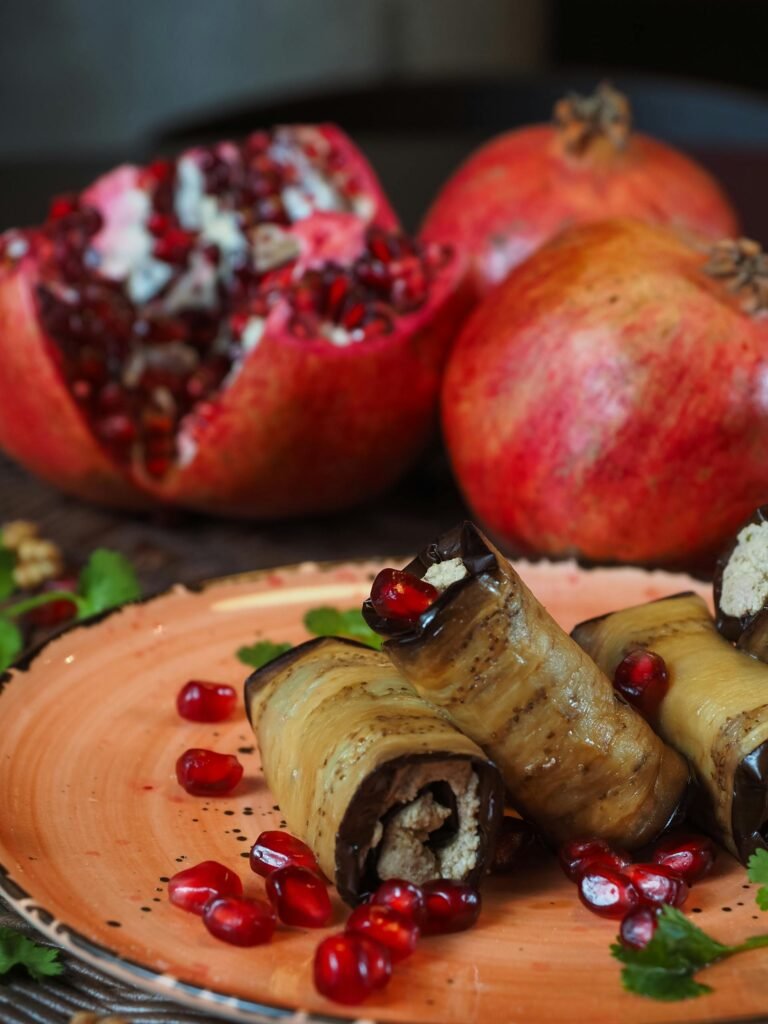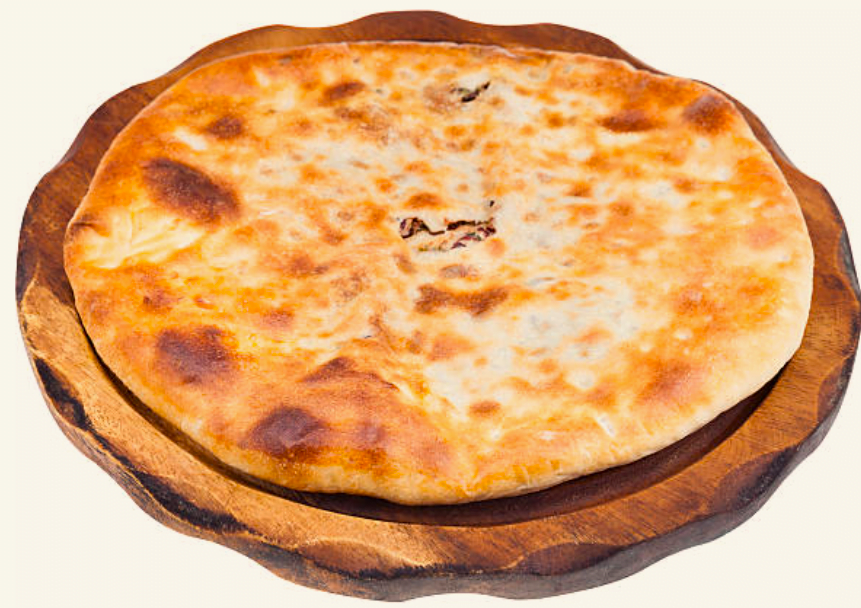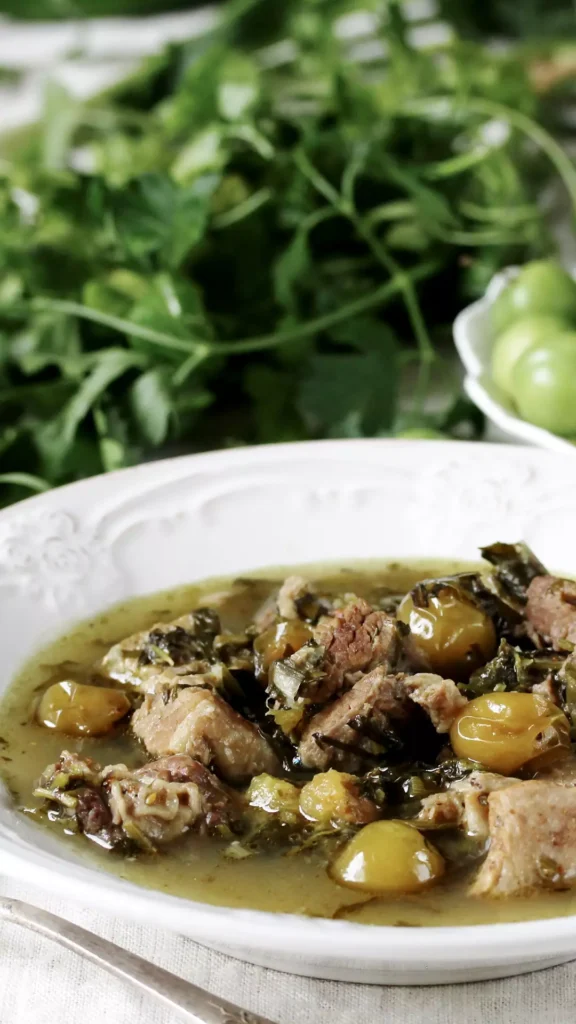Discover the 10 Most Famous Georgian Traditional Dishes According to Locals
I never get tired of talking about Georgia—its rich culture, deep-rooted traditions, warm hospitality, and stunning beauty. Today, I’d love to introduce you to Georgian cuisine, specifically highlighting the most famous Georgian traditional dishes, as celebrated by locals.
By the end of this article, I’m sure you’ll have an irresistible urge to visit Georgia, experience it firsthand, savor the incredible food, and explore the wide range of Georgian wines.
With such diverse cuisine, picking just a few standout dishes is hard. So, I traveled to several cities in Georgia and asked locals to share their favorite traditional dishes.
Here’s what they recommended:
Pkhali
One of the greatest advantages of Georgian cuisine is its incredible variety, capable of satisfying any palate. Georgian cuisine, in particular, offers a wealth of vegan and vegetarian dishes.
Among its most famous traditional dishes, pkhali holds a special place.
Did you know that Alan Rickman’s favorite dish during his visit to Georgia was pkhali? He remarked, “I like everything here. I love walking through the city’s streets, and I love Georgian food. Most of all, I like the dish similar to mousse, with chopped herbs and walnuts. I’ve never tried it before, and it’s absolutely delicious.”

A Georgian table is incomplete without a variety of pkhali. In Georgia, pkhali (or mkhali) refers to a dish made from vegetables, with the leaves serving as the base ingredient.
As Georgian cooks say, there’s nothing like Georgian pkhali anywhere else.
While it is prepared all over Georgia, the Imereti region is especially renowned for its versions of the dish.
According to ethnographic records, the dish was traditionally a seasonal food, consumed from early spring to late autumn, especially during fasting periods.
If you’re a vegetarian or vegan, I highly recommend trying pkhali. The most popular varieties are made with spinach and beetroot.
To prepare, the leaves of the chosen vegetables are boiled and combined with walnuts, garlic, and a blend of spices.
The result is a delicious appetizer with a truly unique taste.
Eggplants with Walnuts – Georgian Eggplant Rolls
According to the culinary encyclopedia TasteAtlas, Georgian eggplant with walnuts ranks among the top five vegan dishes.
While the exact time eggplants were introduced to Georgia remains unknown, they have long been a staple in the country’s cuisine. Historical sources suggest the vegetable was known as early as the 12th or 13th century.

In Georgia, eggplants feature in many dishes, with eggplant and walnuts often hailed as the “king of Georgian appetizers.”
Though the primary ingredients are eggplants and walnuts, the dish’s distinctive flavor comes from a blend of various spices.
Lobio
Lobio (beans) is another Georgian vegan dish that made it onto the TasteAtlas list.
In Georgia, there are many ways to prepare lobio, as it’s the country’s favorite legume. Beans were first introduced from Europe in the 16th century, arriving in Western Georgia and later spreading nationwide. Before beans took hold, Georgians commonly used lentils, peas, and chickpeas in their dishes.

Over time, new varieties of beans emerged, giving rise to many delicious Georgian recipes.
A Georgian winter wouldn’t be complete without lobio, and every cook has their own take on this classic dish.
Lobio is typically served with pickles and fresh herbs.
Khinkali – The King of Georgian Traditional Dishes
Khinkali isn’t just food—it’s a key part of Georgian culture.
Originating in the mountainous regions of Georgia, this is where you’ll find the most authentic khinkali. As it spread across the country, the recipe evolved. City variations began to include greens and a variety of spices.

The main ingredients are dough and meat, but the most important feature is the flavorful juice inside.
Khinkali is always eaten by hand and traditionally enjoyed with beer.
Imeretian Khachapuri
You can’t talk about the most famous Georgian traditional dishes without mentioning khachapuri. It’s a must!
Georgia boasts 47 types of khachapuri, with each region offering its unique version. But the most famous and beloved of them all is Imeretian Khachapuri.
When you visit a Georgian family, you won’t leave without tasting Imeretian khachapuri.

The preparation of this dish varies by region, depending on the type of cheese and the Khachapuri dough preparation.
For Imeretian khachapuri, the cheese takes center stage—it should be rich, less salty, and aromatic.
Lobiani
Georgians fall into two groups: those who love khachapuri and those who prefer lobiani (bean bread).
While you can enjoy lobiani any time, Georgians have a special tradition. On December 17, the country celebrates St. Barbara’s Day, and baking lobiani is an integral part of it.
The Georgian Orthodox Church considers this tradition pagan. Why? Let’s explore the history.
St. Barbara, a martyr for Orthodoxy in the fourth century, is now honored with her relics in Kyiv’s Vladimir Cathedral. She is also the patron saint of children.
However, beans weren’t introduced to Georgia until the 16th century, making it impossible to link lobiani with St. Barbara before that time.
Before Christianity, the goddess of the sun and fertility, Barbale, held a prominent place in Georgian mythology. Her worship coincided with December, and pies shaped like the sun were baked in her honor. Due to the similarity in names—Saint Barbara (Barbare in Georgian) and Barbale—they became associated, blending into one holiday.

Before beans became common, pumpkin was used as a filling.
Lobiani recipes vary across Georgia, but the version from Racha stands out. In Racha, lobiani is often made with ham, which pairs wonderfully with the region’s famous wine, Khvanchkara.
Elarji – A Megrelian Masterpiece
When you visit Georgia, ask any local to name the five most famous Georgian traditional dishes. I guarantee none of them will leave out Elarji.
Elarji is a masterpiece of Georgian cuisine, especially in the Megrelian region. You won’t find it prepared quite like it is in Samegrelo.
The dish relies on two main ingredients: finely ground corn kernels and sulguni cheese. But don’t be fooled! Elarji is far more challenging to make than it looks.
It takes about 40 minutes to cook Elarji. Straying from this time will ruin the consistency.

The dish also carries an interesting history. According to legend, shepherds created it during the cold winter months in the mountainous areas of Samegrelo. They brought ground corn with them, and when it was time to cook, they mixed the boiled corn mass with the cheese they made themselves. They then divided the dish evenly among the group.
Aside from the ingredients, the preparation of Elarji depends heavily on the tools. The pot must be cast iron, and the kneading requires a wide wooden spoon.
Chakapuli
Chakapuli holds a special place as a ritual dish in Georgia, especially on Easter tables.
This soup-like dish likely originated in Eastern Georgia, where lamb and tarragon—its main ingredients—are typical of Kartli and Kakhetian dishes.
The unique aroma of Chakapuli comes from an array of spring herbs, fresh tkemali, and white wine.
It’s a truly authentic Georgian dish, with no equivalents in other countries.

In Kakheti, Chakapuli is always served with traditional Georgian bread, ‘Dedas Puri.’
While lamb remains the classic choice, modern variations now include chicken, fish, eggs, mushrooms, and potatoes. The mushroom and potato version is especially popular during Lent.
Satsivi
Another ritual Georgian dish is satsivi. While chakapuli is mainly prepared in eastern Georgia, satsivi is a staple on the New Year’s table throughout the country.
Satsivi is popular in all regions of Georgia, and as a result, there are many different methods of preparation. Almost every family has its own traditional recipe, but the main ingredients of the dish are turkey or chicken in a sauce made with walnuts.
Various spices give the dish a unique and flavorful taste.

Satsivi is considered a national dish, and its flavor is often compared to Indian curry.
A traditional Georgian New Year’s table is incomplete without satsivi, churchkhela, and gozinaki. If you have the chance, try to visit Georgia at this time to experience the authentic Georgian taste and make the New Year’s celebration even more special.
Chakhokhbili – The most Tbilisian Dish
In my opinion, Chakhokhbili has the most fascinating history among the dishes here. Georgians believe that its name ties to the legend of Tbilisi’s founding, so it’s considered a Tbilisian dish.
Curious about the legend? Well, first I will tell you that the name Chakhokhbili comes from the Georgian word for pheasant, “khokhobi.”
In the 5th century, King Vakhtang Gorgasali ruled over Kartli. While hunting near the then-capital of Mtskheta, he wounded a pheasant. The bird fell into hot water and boiled. Impressed by the waters’ healing properties, the king decided to establish a city there for people’s benefit.
These hot springs led to the naming of the current capital Tbilisi. The name “Tbilisi” originates from “tbili,” which means warm.

This pheasant-inspired dish, Chakhokhbili, carries the essence of Tbilisi’s story.
These are just a few of the most famous Georgian traditional dishes you can savor on your next visit. With each bite, you’ll discover why Georgian cuisine is cherished by both locals and visitors alike.







